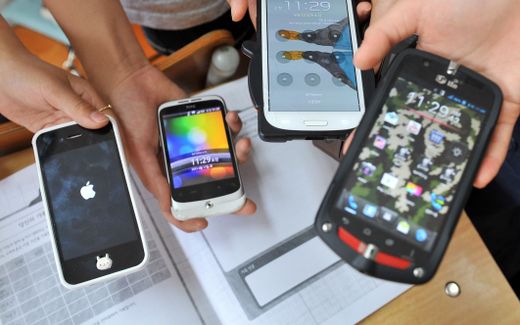World Health Organisation publishes report on online safety of children

Photo Unsplash, Laura Chouette
European Union
The World Health Organisation has released a new report on preventing online violence against children. It addresses the growing need for practical guidelines for keeping children safe on the world wide web.
The new report focuses on two forms of online violence, Helsinki Times writes. The first is sexual abuse of children, including grooming and sexual image abuse. The second is “cyber aggression and harassment in the form of cyberbullying, cyberstalking, hacking and identity theft.”
Because children spend more and more time online, adults must ensure their safety on the web, WHO Director of the Department of Social Determinants of Health, Etienne Krug, says. “This new document provides for the first time a clear direction for action by governments, donors and other development partners”, he adds.
Social skills
The report stresses the need for educational programs for both children and their parents. It recommends schools to teach courses on the subject and also engage parents in the process. These courses should, for example, focus on social skills, such as empathy, emotion management and assertiveness, the WHO writes on its website. In addition, they would be most successful when consisting out of different formats, such as videos, games and guided discussions. Sexual education also helps to reduce physical and sexual aggression, the WHO writes.
In addition, the report gives suggestions for improvements in the field of media education. For example, it says that current programs for children on violence prevention should include the online domain. Furthermore, existing educational materials often focus on strangers as a danger. This should change, the WHO argues. “Acquaintance and peer perpetrators are responsible for the majority of offences.”
It is important for governments to find a balance between the opportunities the internet offers to young people and the dangers it brings along, according to the WHO.
Related Articles






